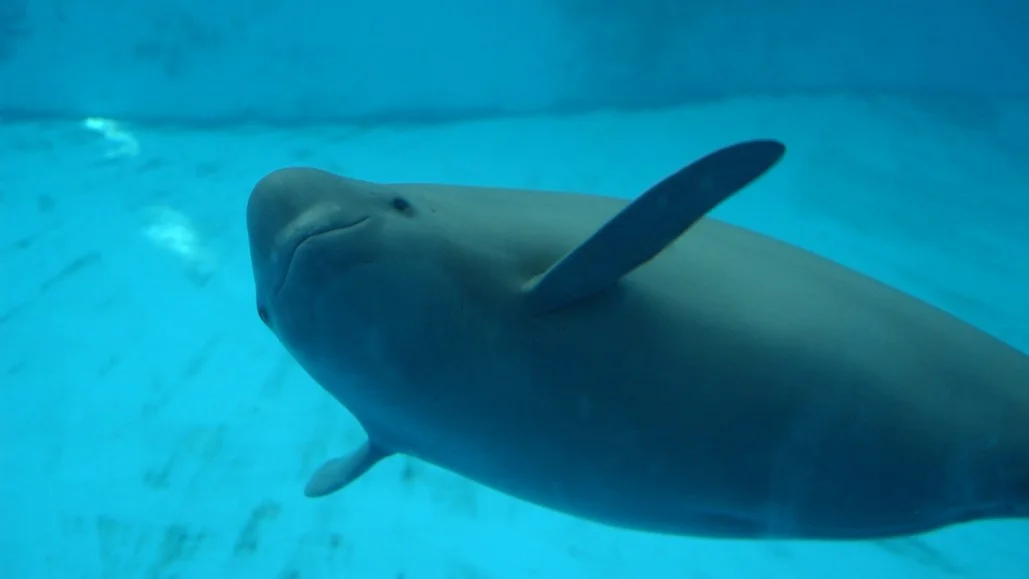
Revealing History Through Poetry: The Plight of the Yangtze Finless Porpoise
In an innovative approach to conservation, scientists have turned to the lyrical verses of ancient Chinese poetry to trace the decline of the Yangtze finless porpoise, a species teetering on the brink of extinction. As we delve into this fascinating intersection of art and science, we discover the significance of historical data in shaping the future of one of the world's rarest mammals.
With fewer than 1,300 of these enchanting creatures remaining in the wild, their plight has drawn urgent attention. A team of researchers in China conducted an unprecedented analysis of over 700 poems spanning several dynasties, from the Tang to the Qing. By examining descriptions of sightings and landscapes, they unearthed crucial insights into the historical distribution of the Yangtze finless porpoise. This landmark research aims to not only catalog the past but also to inform current conservation strategies.

The researchers found that the range of the finless porpoise has contracted by an alarming 65% over the past 1,200 years. As Zhigang Mei, a co-author of the study, highlighted, firsthand accounts from older fishermen reveal that these porpoises were once ubiquitous in areas where they are now entirely absent. This raises a significant concern: what does it mean for future generations if these mammals—once celebrated in poetry—are lost forever?

The importance of conservation extends beyond mere numbers; it resonates with the cultural legacy of the finless porpoise. Poetry has chronicled their presence, linking the past to our current responsibility. As experts assert, this ancient data can serve as a form of "citizen science," enriching our understanding of biodiversity across generations. The lush imagery of poems, such as the lines written during the Qing Dynasty describing porpoises dancing on moonlit waters, adds an emotional weight to the scientific narrative.

Historically, these portraits in literature weren't just beautiful expressions; they provide an empirical baseline that is vital for setting future conservation goals. Hence, by integrating historical anecdotes with scientific inquiry, researchers hope to strengthen the protective measures surrounding this vulnerable species.
As we reflect on the relationship between art and conservation, one must ask: how can we utilize cultural histories to combat modern extinction? We invite our readers to share their thoughts on this compelling synthesis of art and science. What role do you think literature should play in conservation efforts?